Buyer’s remorse can set in regardless of the product. What a terrible feeling it is to bring home a new purchase with pride and joy but later find out it’s a lemon.
The feeling is worse for a high-buck item like a used snowmobile. Be an educated buyer. Don’t bring home a sled that will cause headaches down the road.

It’s not fair to assume that every seller is a shyster who’s trying to take advantage of you. However, asking the right questions and knowing the warning signs of a worn-out sled can prevent a bad buy.
Pick The Playing Field
As a buyer, it’s up to you to set the stage for a good buy. Beware of a seller who creates a sense of urgency for you to purchase. Don’t be forced into looking at a machine in the dark with poor lighting, either.
Always look over a used sled in a well-lit area and preferably without snow on the machine. It’s good to test drive a sled before you buy, but snow on the skis and in the suspension can cover up damage.
If the sun has set but you don’t think a screaming deal will last until daylight, bring a good flashlight, a small broom to sweep away snow and warm clothes so you can spend a lot of time looking it over. If the used sled is at a dealership, ask them to bring the machine inside its shop or warehouse.
In many cases, lower selling prices can be found when purchasing from a private party. A fee that should be taken into account is sales tax. In some states, a person-to-person sale is not assessed sales tax, however a dealership-to-person sale is. This amount can be significant.
Looks Aren’t Everything
Fresh paint can make a sled look great, but getting down to the nuts and bolts for a close inspection can save your hard-earned money.
Always look for repainted parts. Some sellers might clean up a sled by painting parts that usually get rusty. This is OK, just beware that you might be dealing with a seller who knows how to cover up problems.
Rusted parts can be caused by plain-old wear and tear and do not necessarily mean the machine was abused. However, it can reveal what care the sled received.
Rusty skis or pipes may mean that the machine was stored outside or towed on an open trailer without a cover. A shiny, fresh coat of paint will be easy to detect. Exhaust pipes usually rust due to normal use as the heat will burn off the paint.
Other Hidden Parts
Always tip up the sled on its side to inspect the rear suspension for concealed damage, unusual wear and shock condition. Check for corrosion on the shock shafts, which could cause failure.
Look for cracked cross-shafts, bent components and missing or loose bolts and nuts. Don’t forget to inspect the front shocks, too. A sled on its side will provide a good view of the track and bulkhead.
A few torn lugs won’t ruin the integrity of the track and will not usually cause a failure. However, damage to the track windows and grauser bars means it will likely fail soon. Torn out studs don’t guarantee track failure, either, but the potential is increased.
A damaged bulkhead can be caused by hard landings, hitting rocks or debris and major collisions. Bulkheads can’t usually be repaired and must be replaced, which is a big job.
Inspect the chaincase oil for proper level and find out when it was last changed. The oil will look dirty even if it’s fresh, so don’t worry about the appearance of the oil, unless it resembles mud. If that is the case, chain, gear or jackshaft/driveshaft bearing failure could happen soon. Metal shavings on the dipstick’s magnet are normal, chunks are not.
Lift up the snow flap and check for stud or track marks on the tunnel. These are caused by a rear suspension that has bottomed and could give the buyer an indication of how aggressively the sled was ridden.
A few scratches are normal, as nearly every snowmobile bottoms at one time or another, but deep cuts are cause for concern. Inspect the heat exchangers for stud marks or bent fins, which could be the first step toward a leak.
Inspect the clutches to see whether they’ve been maintained. Lack of clutch maintenance may cause the need for a clutch rebuild or new components like springs, weights, a helix and buttons.
Does It Run?
The engine can be one of the most expensive components to fix if you make a bad purchase. When you first arrive to look at a sled, check if the engine’s cylinders and pipe are warm. This could mean that the seller has just started the sled because its a hard-starter when cold.
It’s preferable for a buyer to check how an engine starts when it’s cold and warm. A hard starting cold engine could be caused by fuel delivery problems; low compression would make it hard to start when warm. Bring a compression gauge and check the engine when it’s warm for the most accurate reading.
Don’t Pay Extra For Accessories
A seller may try to justify a high asking price by adding accessories to bump up the price. The accessories might add some value to the purchase price, but certainly not full retail value.
If the sled has an aftermarket pipe, and you don’t care if it has one, don’t pay a nickel more for it. Some products can reveal that the owner is a speed freak and the sled was ridden hard and put away wet. Some performance accessories can even decrease the life of the sled.
If an accessory like aftermarket skis is something you would definitely install, add about half of the set’s new value to the sale price. Always ask for the stock component. It might help you recover more money when it comes time to send the sled down the road again.

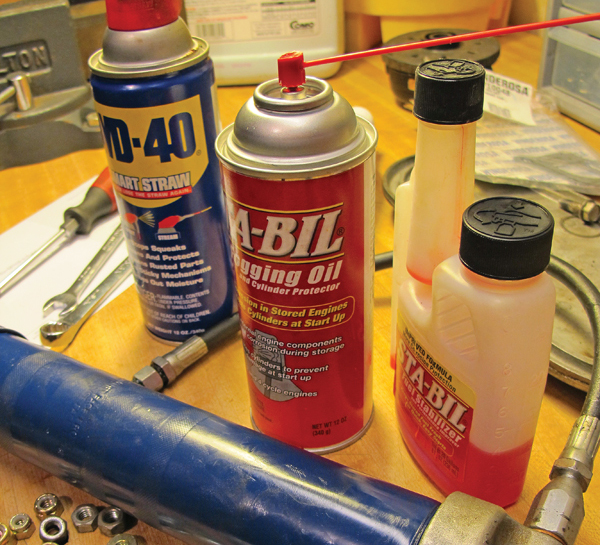
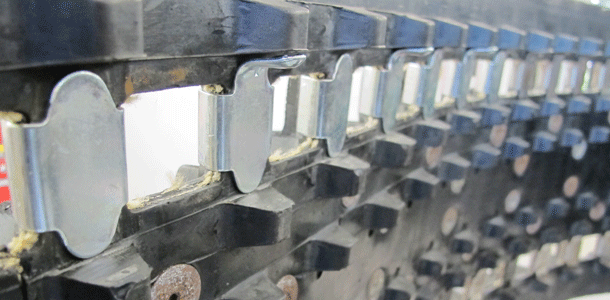
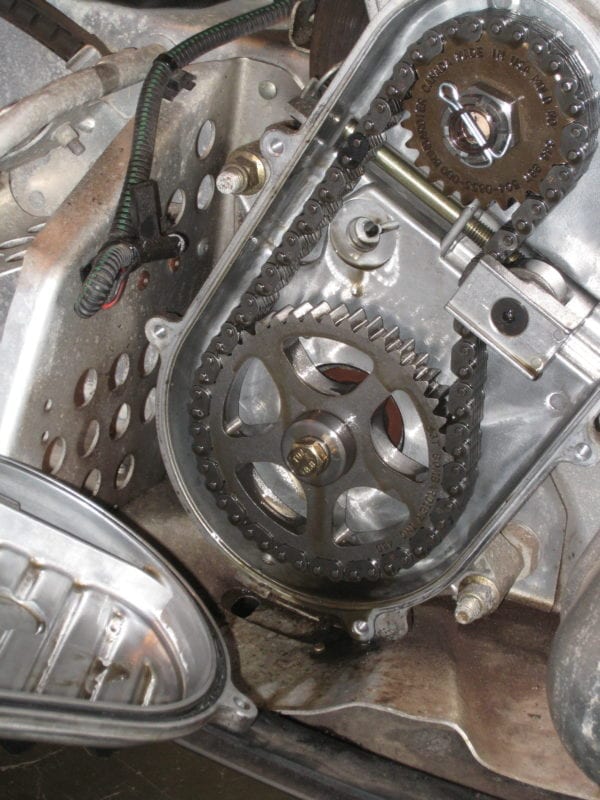
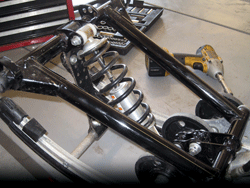
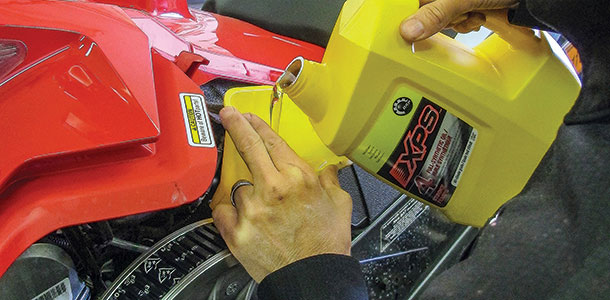

Hello my son wamts to buy a 2021 polaris 600 for 7,999.00.It has 4846 miles on it. Is this too many miles for the age of sled. Buying from a dealership where they have 4 or 5 of the same machine for sale. Just do not want him to buy a lemon. Your website was very helpful.